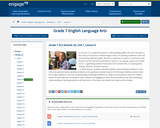
In this lesson, students closely read and discuss pages 62-66 of Lyddie.
- Subject:
- English Language Arts
- Material Type:
- Activity/Lab
- Provider:
- EngageNY
- Author:
- Expeditionary Learning
- Date Added:
- 04/04/2014

In this lesson, students closely read and discuss pages 62-66 of Lyddie.
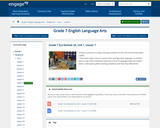
In this lesson, students continue to analyze working conditions in the mill and how they affect Lyddie.
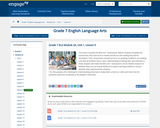
This lesson includes the Mid-Unit 1 Assessment.
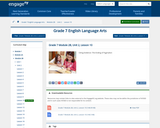
In this lesson, students reach the end of Act V of Pygmalion, which is the end of the dialogue of the play, and conduct the now familiar routines of the Checking for Understanding entry task, close reading, Readers Theater, Eliza Character Tracker, and Reader’s Notes.
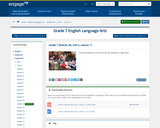
In this lesson, students read an adapted version of the epilogue, “sequel” essay, “What Happened Afterwards,” that George Bernard Shaw penned in response to the opinion that Eliza and Higgins should fall in love and marry.
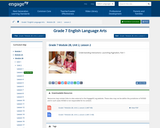
In this lesson, students analyze how the plot, setting, and characters in Pygmalion interact.
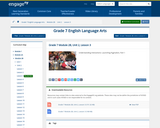
This lesson introduces the Checking for Understanding entry task where students answer several questions about the previous night’s homework using their Reader’s Notes and the text of the play.
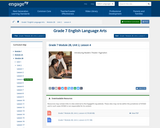
In this lesson, students continue to read and analyze Pygmalion in manageable “chunks.”
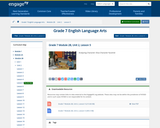
In this lesson, students read the second half of Act II (Section 4).
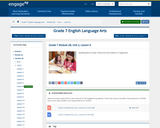
This lesson focuses on close reading to practice citing evidence, making inferences, and analyzing interactions between characters, setting, and plot.
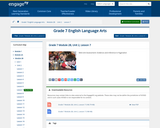
This lesson includes the Mid-Unit 2 Assessment. After, a brief independent read in the text is intended to give students a small, controlled experience of reading Pygmalion independently.
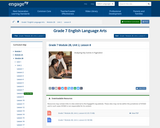
In this lesson, students read Act IV of Pygmalion.
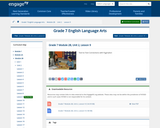
In this lesson, students read the first half of Act V from Pygmalion. Students also have an independent reading check-in in this lesson.
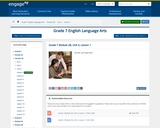
In this lesson, students take one final look at the play Pygmalion through the lens of gender roles.
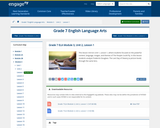
This lesson mirrors Unit 1, Lesson 1, where students focused on the powerful content, language, images, and themes of The People Could Fly. In this lesson students analyze Frederick Douglass: The Last Day of Slavery (a picture book) through the same lens.

In this CCSS lesson, students will explore this story through text dependent questions, academic vocabulary, and writing assignments.

This lesson examines the characteristics of Greek heroes and leads students to recognize references to Greek mythological heroes found in literature and culture today. Students will present analyses of heroes by defending their favorites in a slideshow presentation nominatting them for selection to a Heroes' Hall of Fame.
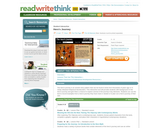
The hero's journey is an ancient story pattern that can be found in texts from thousands of years ago or in newly released Hollywood blockbusters. This interactive tool will provide students with background on the hero's journey and give them a chance to explore several of the journey's key elements. Students can use the tool to record examples from a hero's journey they have read or viewed or to plan out a hero's journey of their own.

The highwayman is an eighteenth century thief, who promises to return to his love Bess, the landlord’s daughter. In this CCSS lesson, students will explore this story through text dependent questions, academic vocabulary, and writing assignments.

This webpage contains theme-based discussion prompts for each vignette in The House on Mango Street by Sandra Cisneros, as well as a selection of follow-up activities.